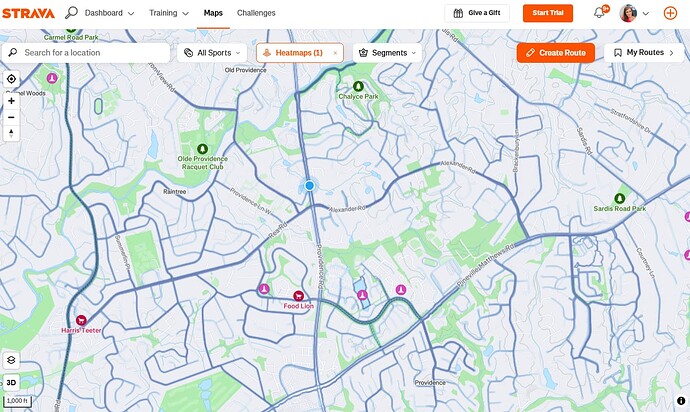I still maintain that the only reason people are in favor of these is some version of the “need more stops” mentality.
When you think about any other cases in which a sign can be eligible, it’s because of what it represents. For a neighborhood, sure there may be a great sense of community for those who live there but that doesn’t mean that there is one particular place in which it’s great to be social that the sign alone represents. Perhaps there is a gazebo/pavilion, a pool, a playground, a clubhouse, a tennis or basketball court, maybe all of the above! And those places are all perfectly eligible in part because they are places in which the social culture of the neighborhood is built and strengthened. But the sign itself does none of this.
Compare this to a restaurant or a church, other locations for which the sign is frequently the focus of the nomination photo. Is it the sign itself that matters? Not in the slightest, the nomination is eligible only because of that which it represents.
Then think of other types of signs which are eligible, such as historic or natural information plaques, storywalks, etc. These types of signs have detailed information that is useful in some way to understanding an area whether it’s the people, places, plants, or something else that used to be or still are nearby. But a neighborhood sign? It’s barely any more informational then a streetsign. Is it useful for finding your way? Yes. Does that cause it to clear the bar for eligibility? No. And I certainly don’t think that multiple signs for the same neighborhood should be acceptable. That’s just low effort spam.
Maybe this helps some of the ardent supporters understand why so many of us are not in favor of these.

